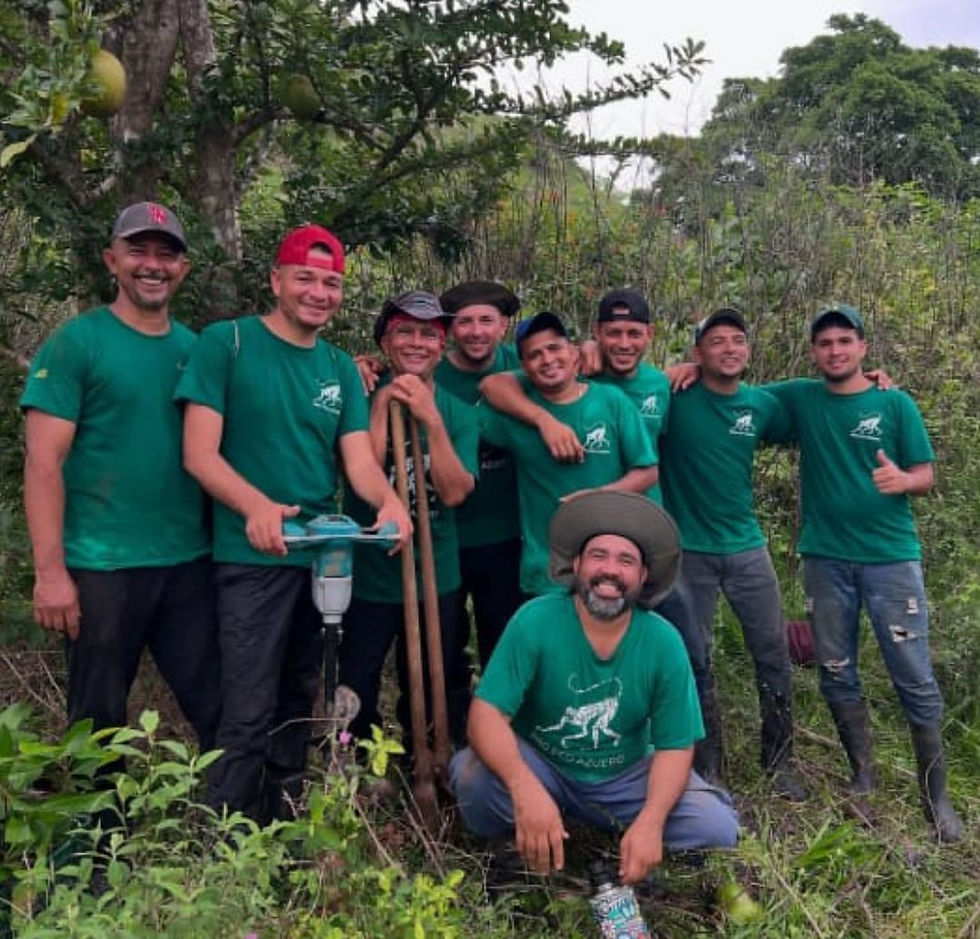Wildlife DNA barcoding in Tree Cavities
- May 22, 2015
- 1 min read

Since the peak breeding season for many wildlife species occurs during mid-March through July, the research is being carried out from now until August and another field season the following year. Bonnie and her research assistant, Alberto Bethancourt University of Panama student, will be looking at tree cavity availability in dry forest patches as the latter usually lack bigger sized trees. [caption id="attachment_14539" align="alignright" width="310"]
Taking into account that many wildlife species depend on cavity availability for nesting, investigation will be developed in the Achotines and Madroño private forests. These are some of the last available places for nesting opportunities in the area.
Bonnie will be looking at natural cavities to find feces, feathers, hair, and nest materials as samples for DNA barcoding. These will in turn, serve as a tool to identify the array of wildlife species that have visited or have nested within the cavity. This will also be an opportunity to detect predation and competition for cavity use and also to potentially identify new wildlife in the area.
The research will also include the construction and placement of two differentartificial nest box house to analyze if these will be used by wildlife for nesting. These might serve to allure other and more wildlife species which could result in biodiversity restoration in the area. Camera traps will be placed in active nests in both artificial bird houses and tree cavities to monitor predation and competition behaviors surrounding cavities.








Comments